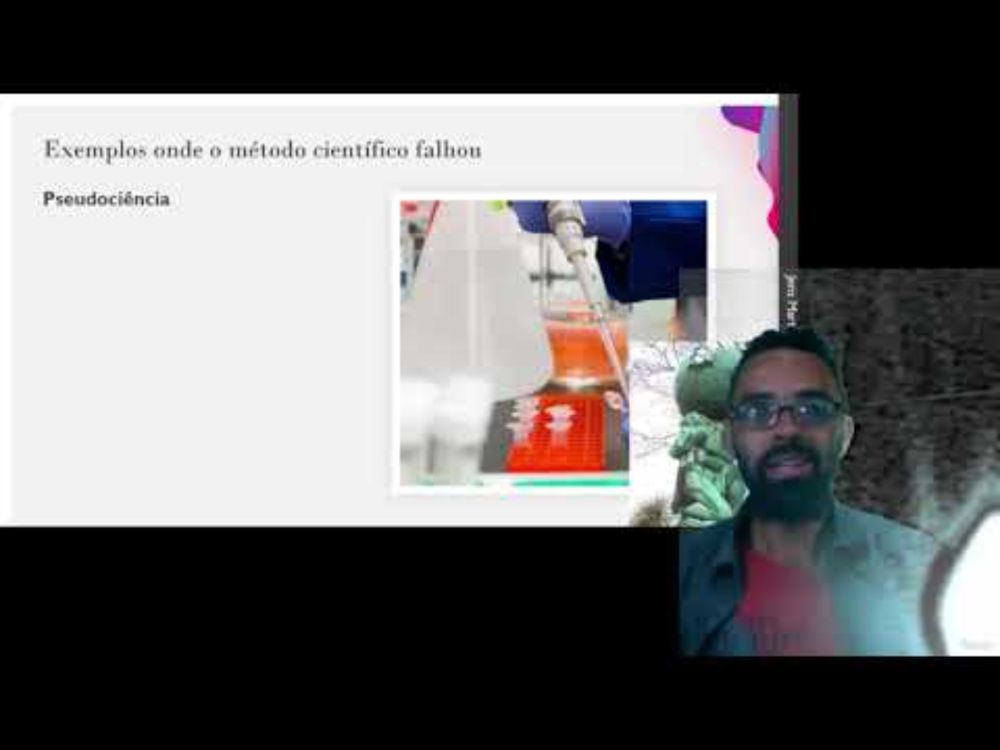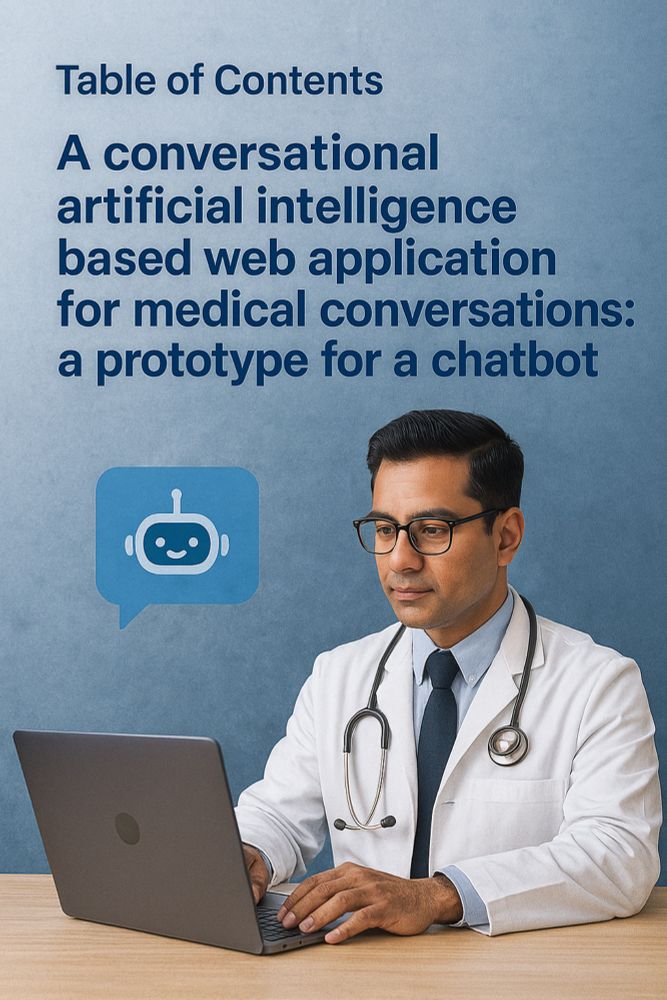
🚀 Independent writer/researcher, PhD.
@jovempesquisador.com
2.6K followers
220 following
3.7K posts
"I want thinkers, not followers"
I write books, code, and more.
More about me
https://linktr.ee/jorgeguerrapiresphd
Posts
Media
Videos
Starter Packs
JMIRx Superjournal: Development of a Conversational Artificial Intelligence–Based Web Application for Medical Consultations: Prototype Study #peerreviewme #PlanP #openscience

Development of a Conversational Artificial Intelligence–Based Web Application for Medical Consultations: Prototype Study
Background: Artificial Intelligence (AI) has evolved through various trends, with different subfields gaining prominence over time. Currently, Conversational Artificial Intelligence (CAI)—particularly Generative AI—is at the forefront. CAI models are primarily focused on text-based tasks and are commonly deployed as chatbots. Recent advancements by OpenAI have enabled the integration of external, independently developed models, allowing chatbots to perform specialized, task-oriented functions beyond general language processing. Objective: This study aims to develop a smart chatbot that integrates large language models (LLMs) from OpenAI with specialized domain-specific models, such as those used in medical image diagnostics. The system leverages transfer learning via Google’s Teachable Machine to construct image-based classifiers and incorporates a diabetes detection model developed in TensorFlow.js. A key innovation is the chatbot’s ability to extract relevant parameters from user input, trigger the appropriate diagnostic model, interpret the output, and deliver responses in natural language. The overarching goal is to demonstrate the potential of combining LLMs with external models to build multimodal, task-oriented conversational agents. Methods: Two image-based models were developed and integrated into the chatbot system. The first analyzes chest X-rays to detect viral and bacterial pneumonia. The second uses optical coherence tomography (OCT) images to identify ocular conditions such as drusen, choroidal neovascularization (CNV), and diabetic macular edema (DME). Both models were incorporated into the chatbot to enable image-based medical query handling. In addition, a text-based model was constructed to process physiological measurements for diabetes prediction using TensorFlow.js. The architecture is modular: new diagnostic models can be added without redesigning the chatbot, enabling straightforward functional expansion. Results: The findings demonstrate effective integration between the chatbot and the diagnostic models, with only minor deviations from expected behavior. Additionally, a stub function was implemented within the chatbot to schedule medical appointments based on the severity of a patient’s condition, and it was specifically tested with the OCT and X-ray models Conclusions: This study demonstrates the feasibility of developing advanced AI systems—including image-based diagnostic models and chatbot integration—by leveraging Artificial Intelligence as a Service (AIaaS). It also underscores the potential of AI to enhance user experiences in bioinformatics, paving the way for more intuitive and accessible interfaces in the field. Looking ahead, the modular nature of the chatbot allows for the integration of additional diagnostic models as the system evolves.
dlvr.it























